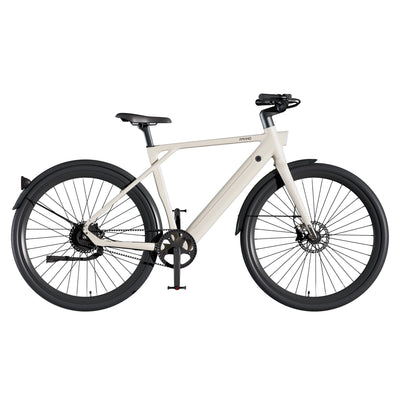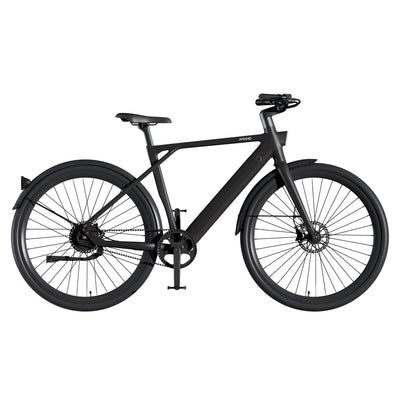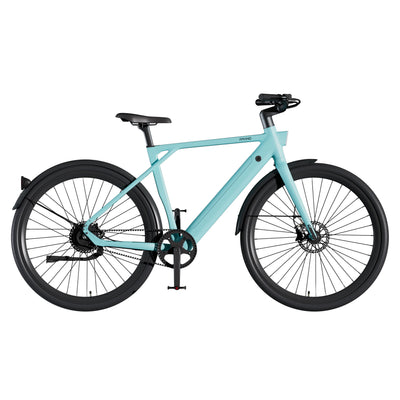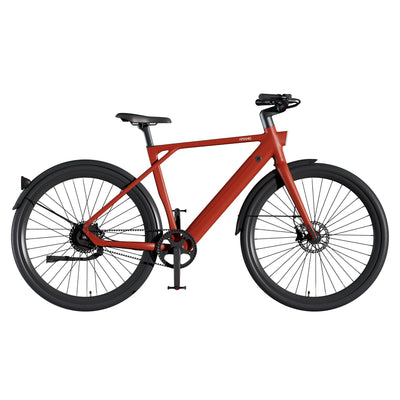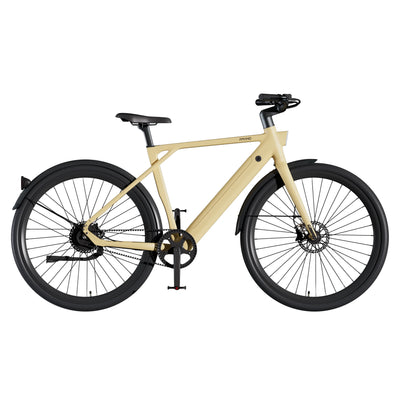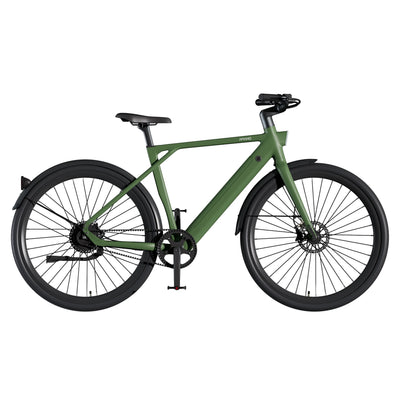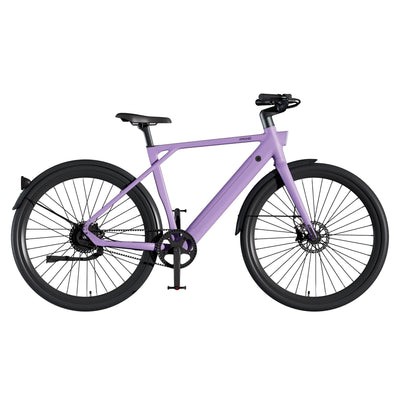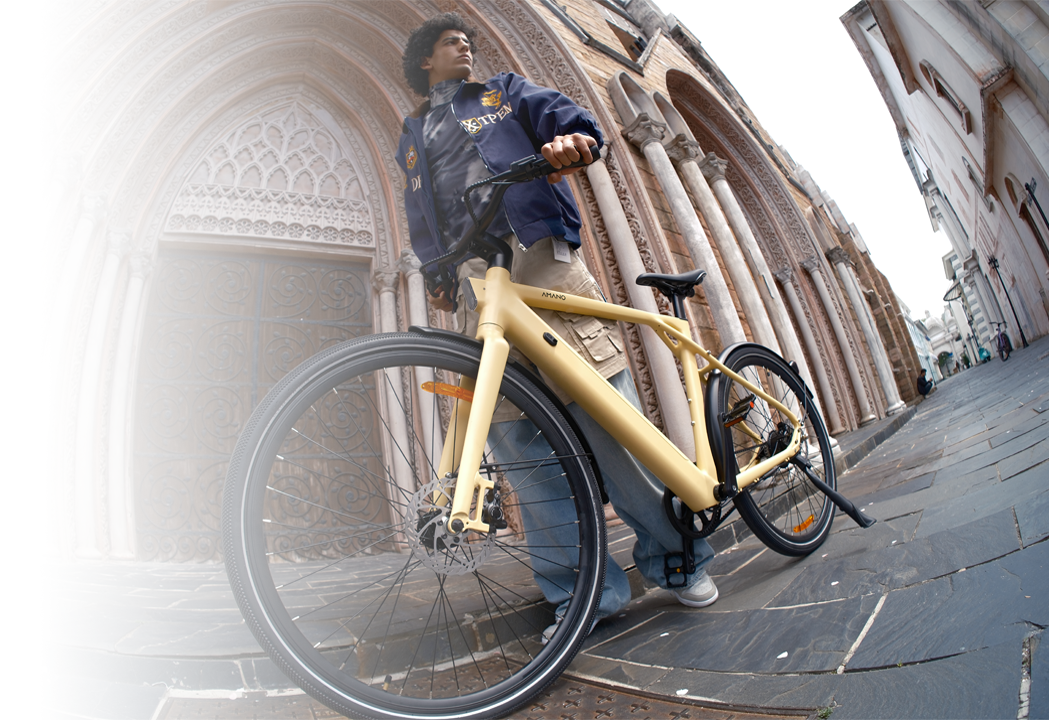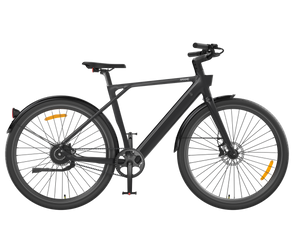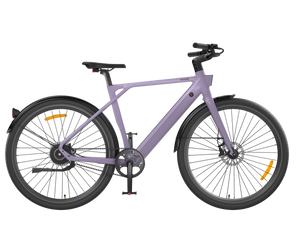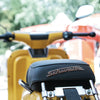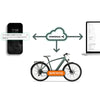Belt Drive or Chain Drive?
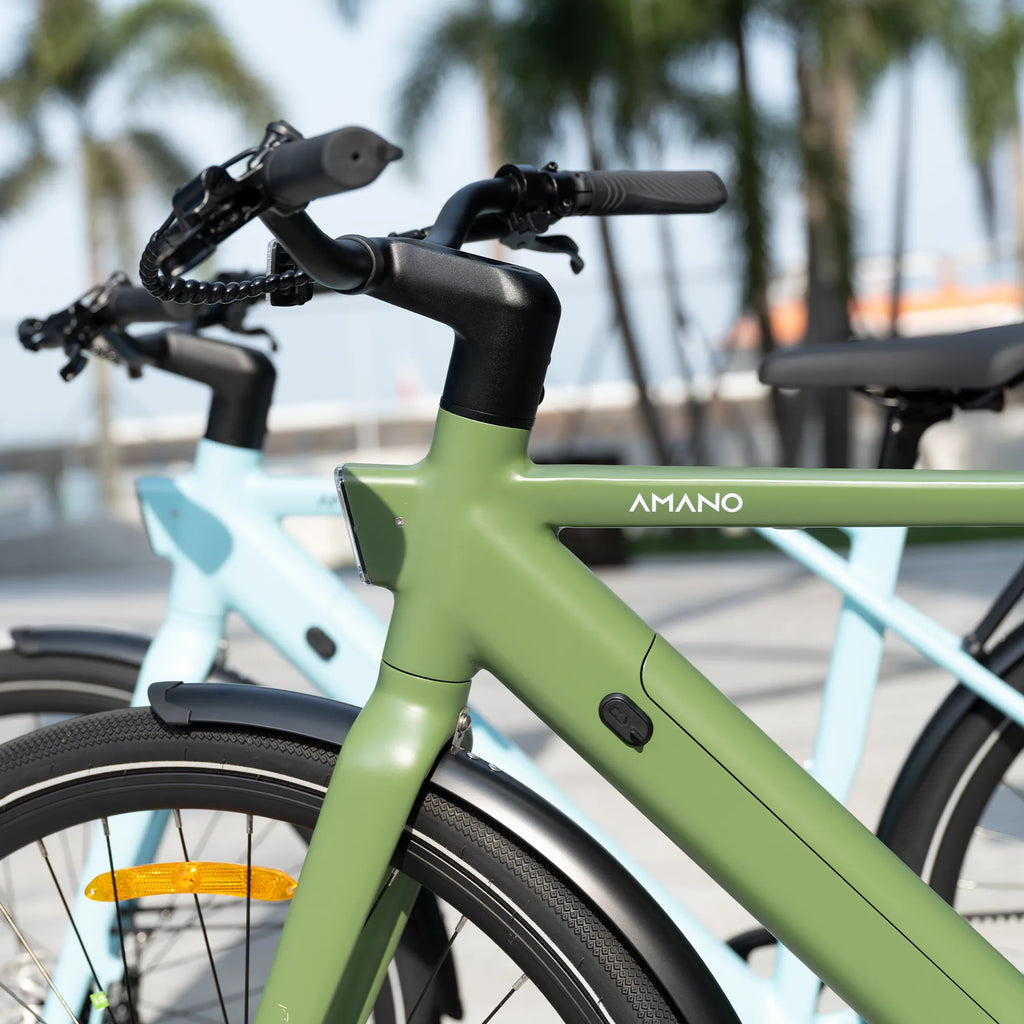
When choosing an e-bike, many people focus on range and weight, but it’s easy to overlook a key factor that impacts daily riding experience: the drivetrain. Chain drives have been a traditional choice for years, while belt drives (especially carbon belts) have emerged as a new option for urban riding. Neither is "absolutely better"—it all depends on whether it fits your riding needs. Below, we break down the core differences and selection logic to help you clarify your choices.
I. Core Differences Between the Two Drivetrains
The drivetrain directly determines riding noise, maintenance needs, and cleanliness. Key differences can be broken down into 5 dimensions:
1. Daily Maintenance
• Belt Drive (taking carbon belt as an example): No oiling or dust accumulation required. No extra cleaning is needed after daily rides—only a simple check every 1,000+ km is sufficient.
• Chain Drive: Requires regular oiling (every 100-200 km), and is prone to dust and mud buildup. It may rust if not used for a long time, requiring frequent cleaning and adjustments.
2. Riding Experience
• Belt Drive: Almost no noise. The pedaling process is smooth without jitter, and power transmission is more even when applying force.
• Chain Drive: May produce a "clacking" sound during riding. If not maintained promptly after long-term use, it is prone to jamming and chain skipping.
3. Durability
• Belt Drive: Has a lifespan of 5-7 years (about 3 times that of a chain). The material is stretch-resistant and not easy to wear, maintaining stable performance during long-term use.
• Chain Drive: Needs replacement after 1-2 years of normal use. It will stretch after long-term riding, leading to reduced transmission efficiency.
4. Cleanliness
• Belt Drive: No oil or stains. After riding, neither the bike body nor clothing will be stained with oil, so you can carry it directly into elevators or rooms without hygiene concerns.
• Chain Drive: Chain oil easily sticks to pants and hands, requiring frequent wiping after riding. If it gets stained with mud, cleaning becomes even more difficult.
5. Suitable Scenarios
• Belt Drive: More suitable for urban-focused riding—such as daily commuting and short-distance leisure rides. It adapts to the smoothness of urban roads while reducing maintenance and cleaning troubles.
• Chain Drive: More suitable for outdoor-focused riding—such as frequent trips on unpaved roads (like suburban gravel roads or mountainous areas) or long-distance hauling (carrying heavy loads or towing trailers). It has stronger durability and better adaptability to high loads.
II. How to Choose? Align with Your Riding Needs
There’s no need to overthink "technical advancement"—just judge based on your daily riding scenarios:
Choose Belt Drive If You’re an "Urban-Focused" Rider
• Daily commuting (3-15 km/day): No need to get up early to oil the chain, and no need to wipe oil stains off pants after work—saving daily preparation and cleaning time.
• Living in an apartment/no dedicated garage: The belt has no odor and won’t dirty your hands. It’s easy to carry up stairs or store in a storage room, without worrying about oil staining your home.
• Valuing riding experience: The quiet design is suitable for riding through streets and alleys (without disturbing neighbors or passersby), and the smooth pedaling feel makes short-distance commuting more comfortable.
Choose Chain Drive If You’re an "Outdoor-Focused" Rider
• Frequent rides on unpaved roads: Suburban gravel roads, mountainous areas, and other complex road conditions—chain drives can withstand bumps and mud impact, making them less likely to be damaged.
• Needing long-distance hauling: Such as carrying large amounts of items or towing a children’s trailer—chains provide more stable power transmission under high loads.
• Limited budget and accepting of maintenance: E-bikes with chain drives are usually more affordable, maintenance parts are easy to buy, and offline repair shops are more accessible.

III. For Urban Beginners Choosing Belt Drive: Focus on These Adaptability Details
For most urban beginners, the "low maintenance and high cleanliness" of belt drives are core advantages. When choosing a bike, you can also pay attention to 3 details to make the experience more suitable for daily use:
1. Lightweight Design
Prioritize models with a total weight of ≤20kg (e.g., 19,5kg). They are easy to carry up apartment stairs and store in storage rooms, so you won’t have to give up convenient parking due to weight.
2. Range Compatibility
Choose models with a battery capacity of around 36W 10Ah (real-world range of 85-100 km). This can cover 7 days of daily commuting (based on a 10km round trip per day), eliminating the need to frequently find charging piles and reducing range anxiety.
3. Safety Configuration
Urban riding may inevitably encounter rainy days and sudden braking. Prioritize models with hydraulic disc brakes and puncture-resistant tires—they provide more stable braking in rainy weather and reduce the trouble of tire punctures from road gravel.
IV. Conclusion: When Choosing a Drivetrain, First Think About "Where and How You Ride"
The choice between belt drive and chain drive essentially comes down to "scene matching":
• If you love outdoor rides and can accept regular maintenance → Chain drive is more suitable.
• If you commute in the city daily and want to avoid hassle → Belt drive is more worth trying.
There’s no need to blindly chase new technologies or stick to traditional options. By aligning with your daily routes and habits, you can find an e-bike that is comfortable to ride and hassle-free to use.
If you want smooth "adventure" rides on city streets with minimal maintenance and exceptional durability, our S900—an e-bike with a belt drive and 7 color options—is the perfect way to showcase your sense of style.
-
Posted in
Guide
